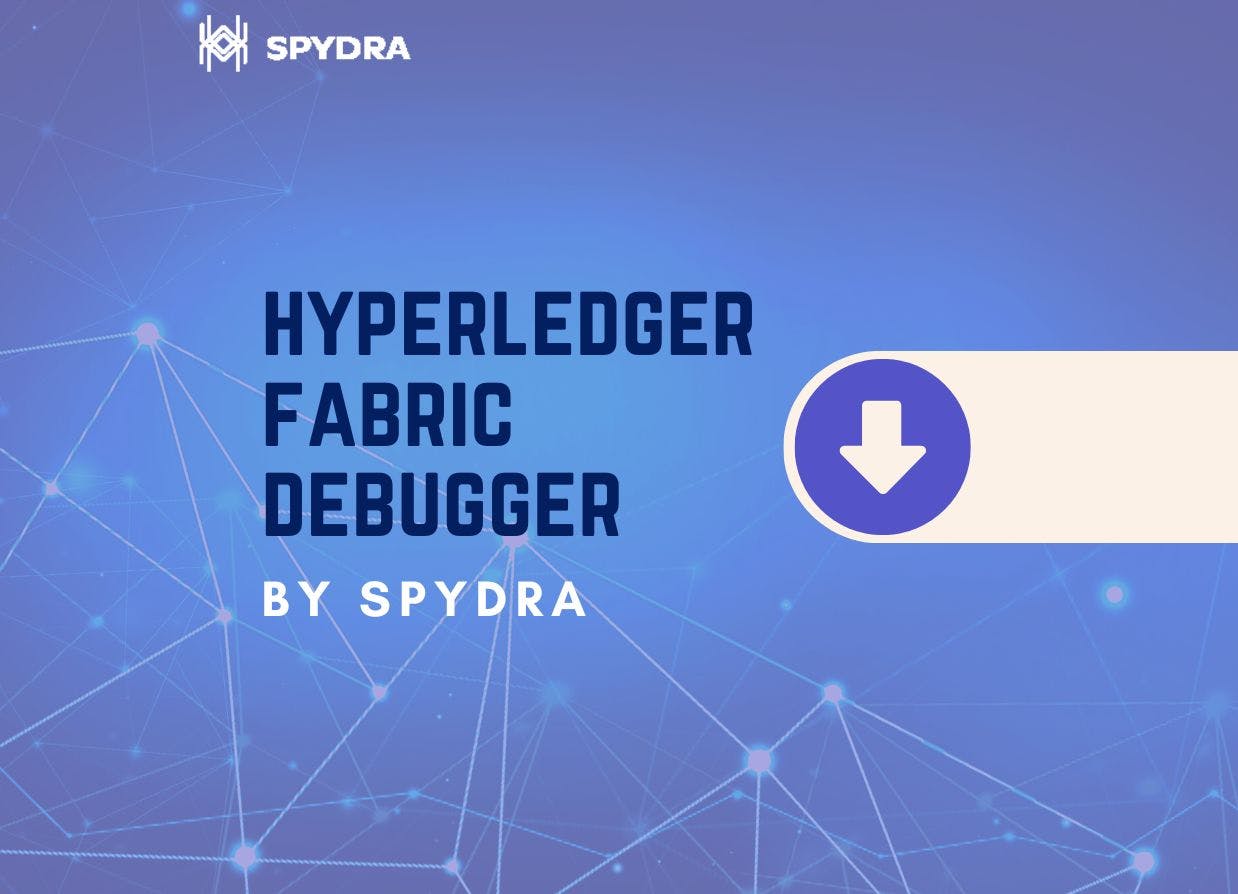Hyperledger Fabric Debugger: The Must-Have Extension for Chaincode Development

Hyperledger Fabric is a blockchain platform that allows developers to build decentralized applications using smart contracts called chaincode. While developing chaincode, developers often face the challenge of debugging complex logic and errors that are hard to locate. To overcome this challenge, the Hyperledger Fabric Debugger was created. In this blog post, we will discuss what the Hyperledger Fabric Debugger is, its features, and why it is a must-have extension for chaincode development.
What is the Hyperledger Fabric Debugger?
The Hyperledger Fabric Debugger is a Visual Studio Code extension that helps developers debug chaincode applications on the Hyperledger Fabric blockchain platform. It provides an interactive debugging environment where developers can step through their chaincode, set breakpoints, and examine the state of the blockchain.
The extension is designed to work seamlessly with the Hyperledger Fabric network, allowing developers to debug their chaincode without interrupting the flow of the network. The debugger also supports various programming languages used to write chaincode on Hyperledger Fabric, including Go, JavaScript, and TypeScript.
Q: What programming languages are supported by the Hyperledger Fabric Debugger?
A: The Hyperledger Fabric Debugger supports various programming languages used to write chaincode on Hyperledger Fabric, including Go, JavaScript, and TypeScript.
Q: How does the Hyperledger Fabric Debugger facilitate collaboration among developers?
A: The Hyperledger Fabric Debugger provides a standardized debugging environment, which allows developers to collaborate on chaincode development. This facilitates communication and helps to ensure that everyone is on the same page.
Q: What are some potential use cases for the Hyperledger Fabric Debugger?
A: Some potential use cases for the Hyperledger Fabric Debugger include developing and debugging supply chain management applications, financial services applications, and healthcare applications, among others.
Q: How can developers get started with the Hyperledger Fabric Debugger?
A: Developers can get started with the Hyperledger Fabric Debugger by installing the extension in Visual Studio Code and following the instructions provided in the documentation. Additionally, there are several tutorials and resources available online that can help developers get started with the debugger.
Features of the Hyperledger Fabric Debugger
The Hyperledger Fabric Debugger offers several features that make it an essential tool for chaincode development.
Interactive Debugging Environment: The debugger provides an interactive debugging environment that allows developers to step through their chaincode and examine the state of the blockchain.
Breakpoints: Developers can set breakpoints in their chaincode to pause the execution of the code and examine the values of variables and data structures.
Expressions: The debugger supports expressions, allowing developers to evaluate expressions and see their results in real-time.
Call Stack: The call stack feature allows developers to see the execution history of their chaincode and trace the origin of errors.
Variable Watch: Developers can monitor the values of variables and data structures in real-time using the variable watch feature.
Smart Contract Testing: The debugger can be used for smart contract testing by providing a way to run and test chaincode locally before deploying it to the network.
Why is the Hyperledger Fabric Debugger a Must-Have Extension for Chaincode Development?
Debugging chaincode is an essential part of chaincode development, and the Hyperledger Fabric Debugger is a must-have extension for the following reasons:
Saves Time and Effort: The debugger provides an interactive environment where developers can quickly locate errors and debug complex logic. This saves time and effort, allowing developers to focus on writing quality code.
Improves Code Quality: The debugger allows developers to identify and fix errors before deploying the chaincode to the network. This improves the quality of the code, reducing the risk of bugs and errors in production.
Increases Efficiency: The debugger enables developers to debug their chaincode locally, without interrupting the flow of the network. This increases efficiency by reducing the time and resources required to debug chaincode.
Facilitates Collaboration: The debugger allows developers to collaborate on chaincode development by providing a standardized debugging environment. This facilitates communication and helps to ensure that everyone is on the same page.
Conclusion
The Hyperledger Fabric Debugger is a powerful tool that helps developers debug chaincode applications on the Hyperledger Fabric blockchain platform. Its interactive debugging environment, breakpoints, expressions, call stack, variable watch, and smart contract testing features make it an essential extension for chaincode development.
By using the Hyperledger Fabric Debugger, developers can save time and effort, improve code quality, increase efficiency, and facilitate collaboration. If you are a developer working on the Hyperledger Fabric blockchain platform, the Hyperledger Fabric Debugger is a must-have extension for chaincode development.
